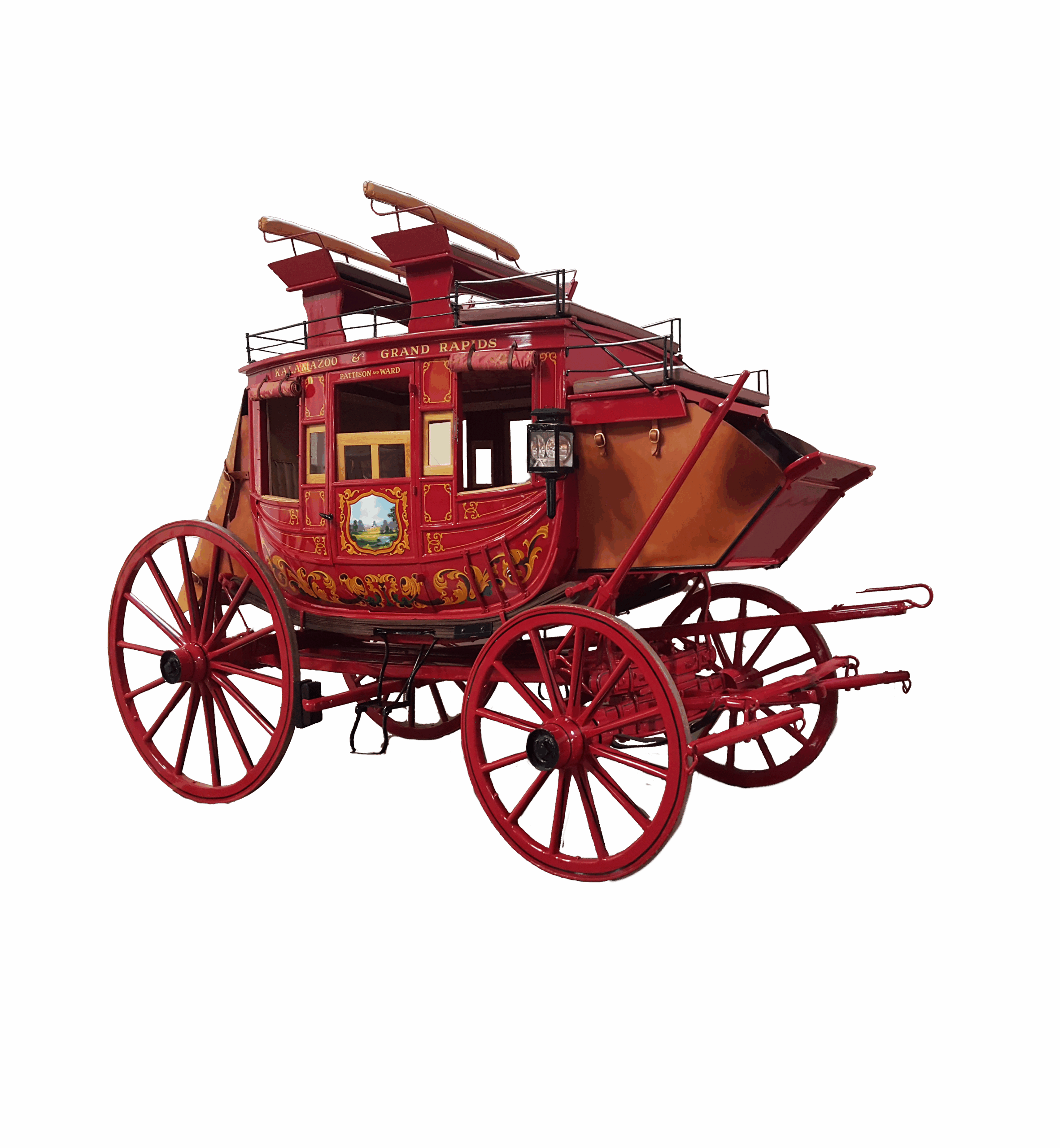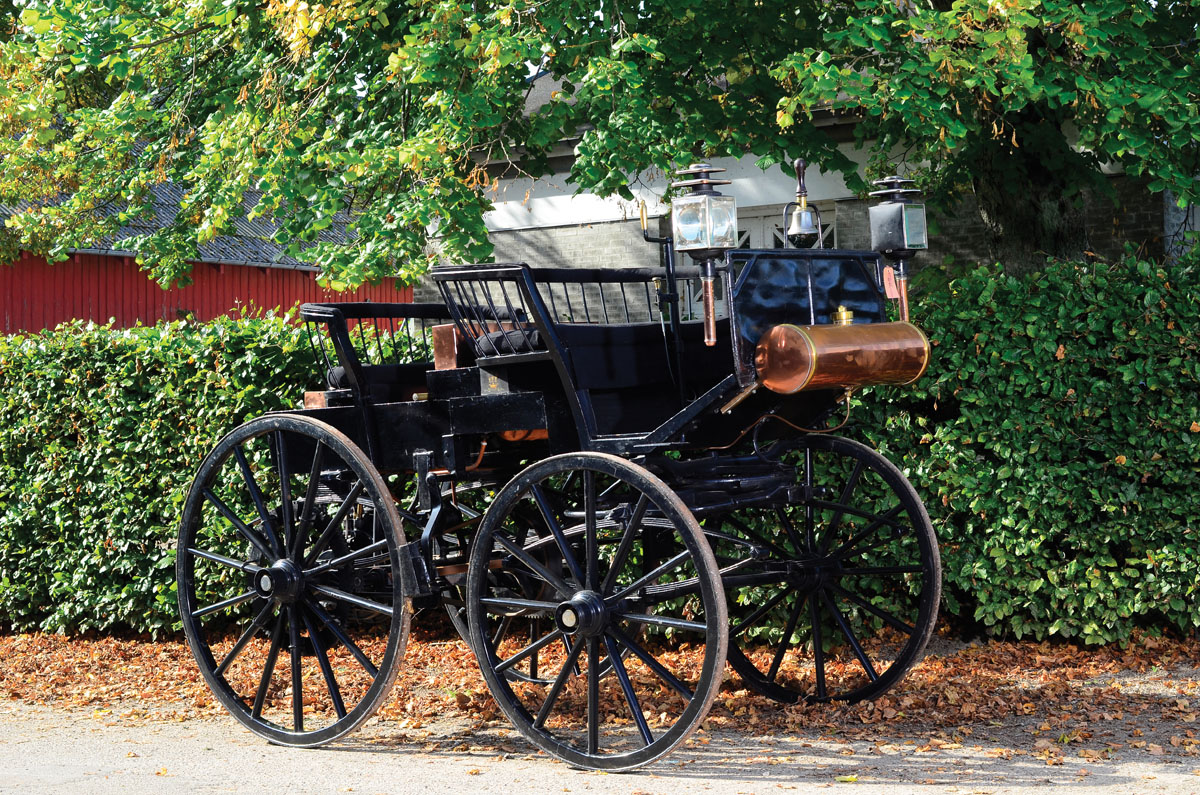In 1986, Mercedes-Benz celebrated the 100th anniversary of Karl and Bertha Benz’s groundbreaking invention by commissioning a series of fully functional replicas of the 1886 Benz Patent-Motorwagen. Built for the Mercedes-Benz Classic Center in Germany, these recreations were entrusted to John Bentley & Sons Engineering in England. Using an original Daimler-Benz example as a reference, Bentley crafted precise, running recreations that quickly became known as the most accurate and desirable of their kind. Every detail is meticulously handcrafted from authentic-style materials, resulting in a faithful, high-quality reproduction. The craftsmanship shines in every element, from the finely machined components and beautifully fitted wood decking to the hand-stitched black leather buggy seat.
The Motorwagen rides on lightweight wire-spoke wheels with elegant brass hubs, just as Benz intended. He avoided wooden wheels, considering them too heavy. The single-cylinder engine is a work of art in itself, blending polished copper, gleaming brass, and deep red-painted cast iron. A thick leather belt transfers power from the engine to the final drive chains, just as in the original.
Company History
It all began on New Year’s Eve, 1879, when Carl Benz’s first stationary gasoline engine roared to life. This one-cylinder, two-stroke unit was a commercial success, giving Benz the resources and confidence to pursue his true dream of building a lightweight vehicle powered by a gasoline engine, where the chassis and engine worked together as a single unit.
By 1885, that dream had become reality. His revolutionary two-seater featured a compact, high-speed single-cylinder four-stroke engine mounted horizontally at the rear, a tubular steel frame, three wire-spoked wheels, and a differential. Producing just 0.75 hp (0.55 kW), the engine included innovations such as an automatic intake slide, a controlled exhaust valve, high-voltage electrical ignition with spark plug, and a water/thermo siphon evaporation cooling system.
On January 29, 1886, Benz secured patent number 37435 for his “vehicle powered by a gas engine”, a document now considered the official birth certificate of the automobile. That July, the Benz Patent Motor Car, Model No. 1, made its first public appearance, forever changing the way the world would move.
Bertha Benz: The First Road Trip
In August 1888, without informing her husband, Bertha Benz took an improved version of the Motor Car on a bold journey with her teenage sons, Eugen, age 15, and Richard, age 14. Traveling from Mannheim to her hometown of Pforzheim and back, they covered 180 kilometers, proving to the world that the motor vehicle was not just an invention, but a practical means of travel. Bertha’s determination and courage fueled the success of Benz & Cie., which went on to become the largest automobile manufacturer of its time.
Petrol used at the time was a solvent known as Ligroin.



